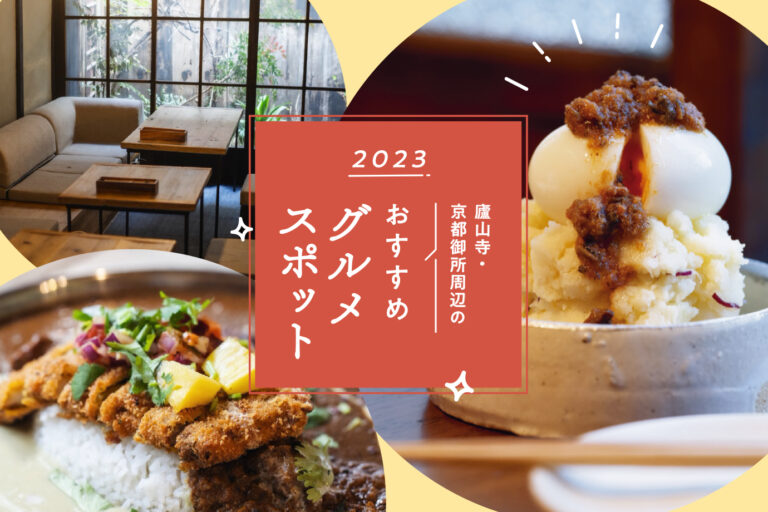
[2023] Recommended spots around Ruzanji Temple and Kyoto Imperial Palace...
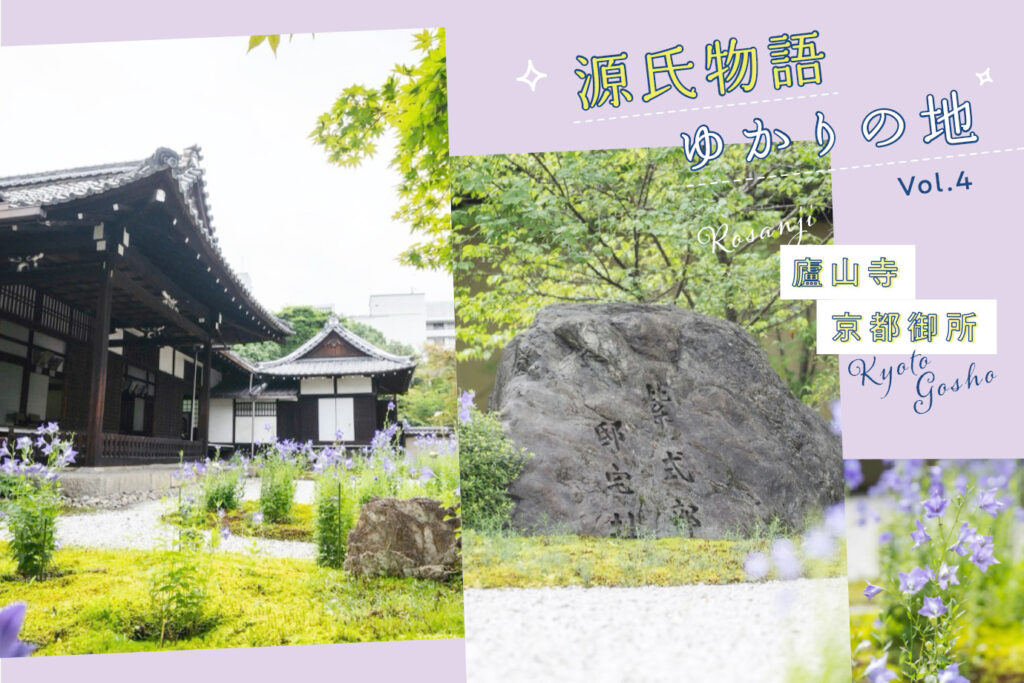

The main character of the 2024 NHK Taiga drama will be Murasaki Shikibu. A series focusing on ``The Tale of Genji,'' which she wrote. This time, we visited [Rozanji Temple], which is known as the ruins of Murasaki Shikibu's residence, and [Kyoto Imperial Palace], where you can feel the Heian culture.
A Japanese long story created by Murasaki Shikibu in the middle of the Heian period. Through the main character Hikaru Genji, the aristocratic society of the Heian period is depicted, including love, glory and downfall, political desires and power struggles.
[Rozanji Temple], which has its origins in the Heian period, moved to its current location around 1573 (Tensho 1). It has long been said that this was the site of Murasaki Shikibu's residence, but this was only confirmed in 1965 (Showa 40).
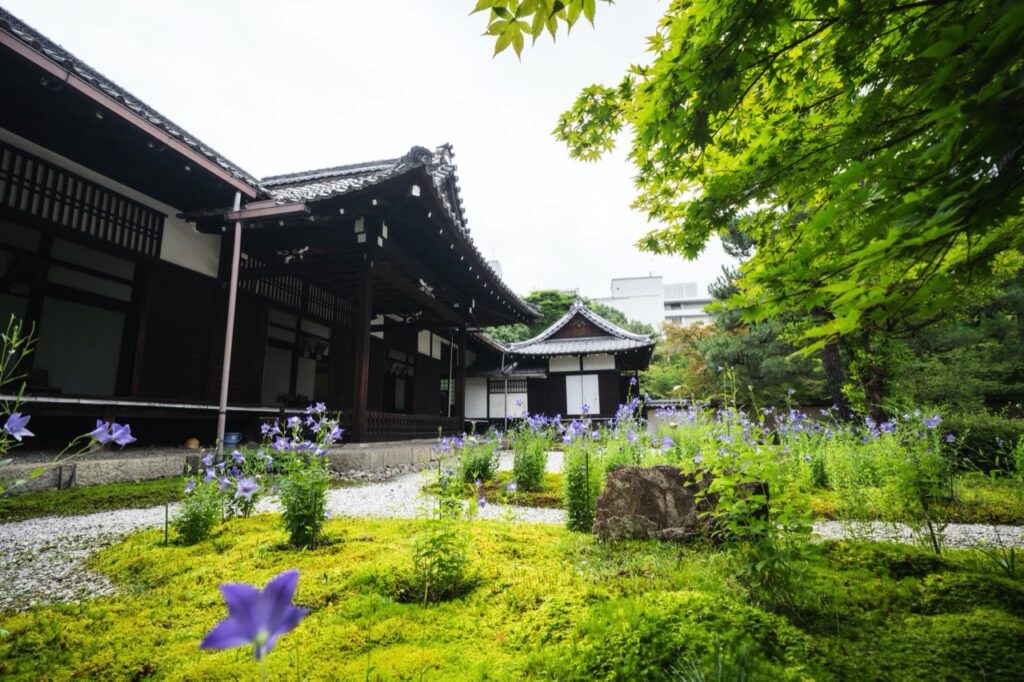

“Archaeologist Dr. Fumie Tsunoda read ancient documents and found that Murasaki Shikibu lived in this place. It is believed that this is where they grew up,'' said Tomonobu Machida, chief butler of [Rozanji Temple].
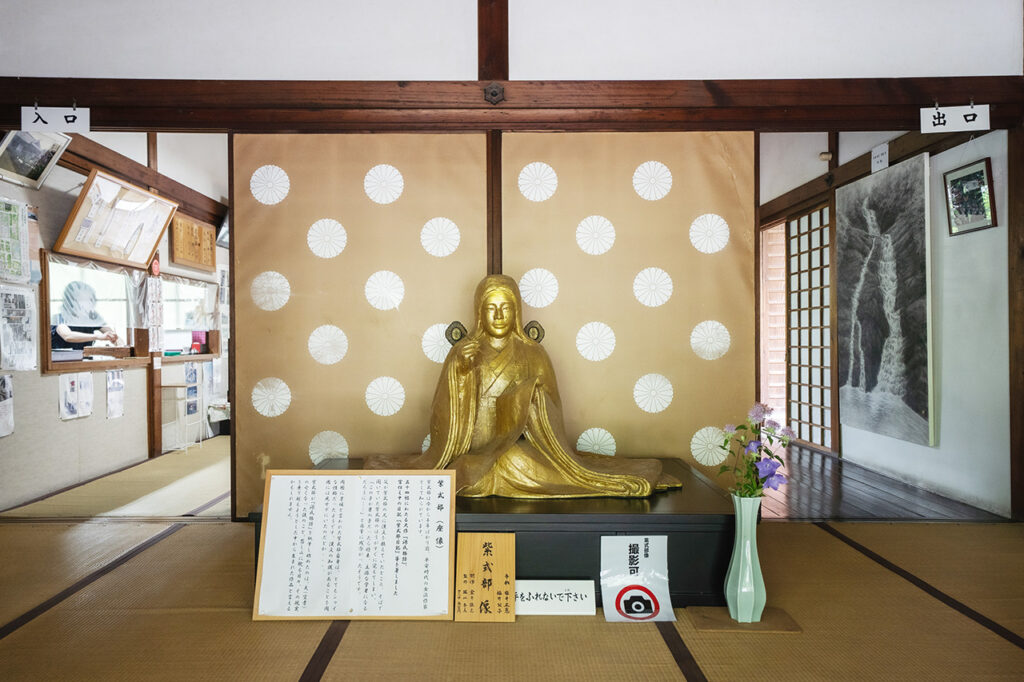
Murasaki Shikibu statue (seated statue) in front of the reception desk

Even after getting married, Murasaki Shikibu continued to live in this mansion, where she raised her only daughter, Kenko, and is said to have spent most of her life there. There is no doubt that he wrote many works here, including The Tale of Genji, Murasaki Shikibu Diary, and Murasaki Shikibu Collection.
The current location of [Rozanji Temple] was located in the east of Heiankyo during the Heian period, and was the center of the area generally called Nakagawa. ``A river used to flow through Teramachi Street, and in the 11th chapter of The Tale of Genji, ``Hana Chiri,'' the mansion that Hikaru Genji visits is also described as crossing the Nakagawa River,'' says Machida. . The beautiful scenery of mountains and rivers still remains in the surrounding area, and I wonder if Murasaki Shikibu also felt the atmosphere.
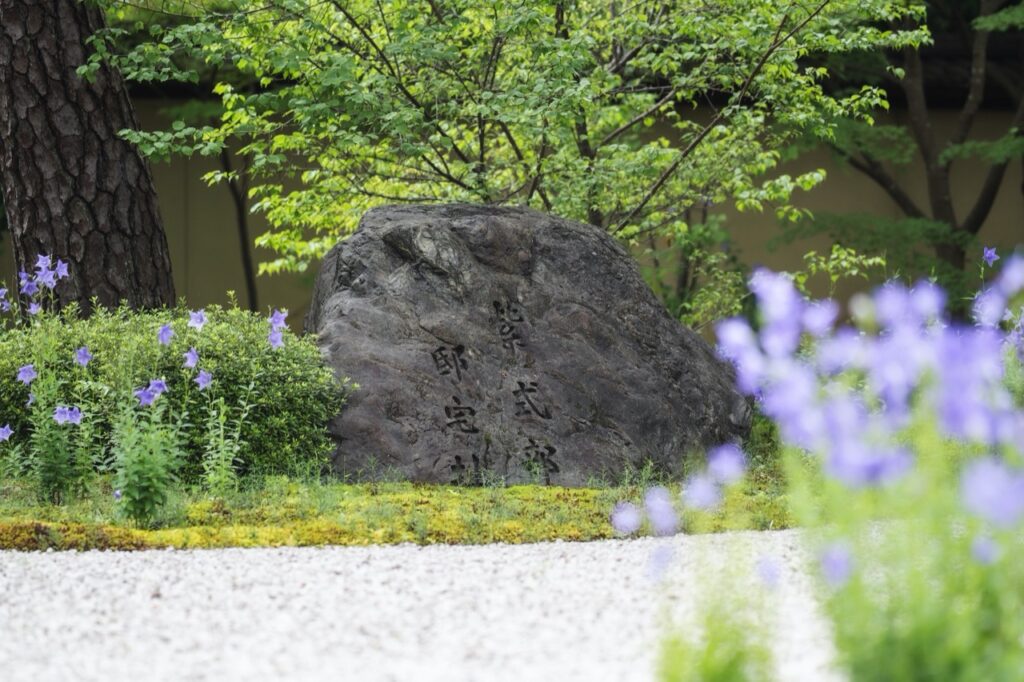

Why did Murasaki Shikibu write such a masterpiece called The Tale of Genji? Although it is still not clear, it is said that she started in earnest after her husband, Nobutaka Fujiwara, died.
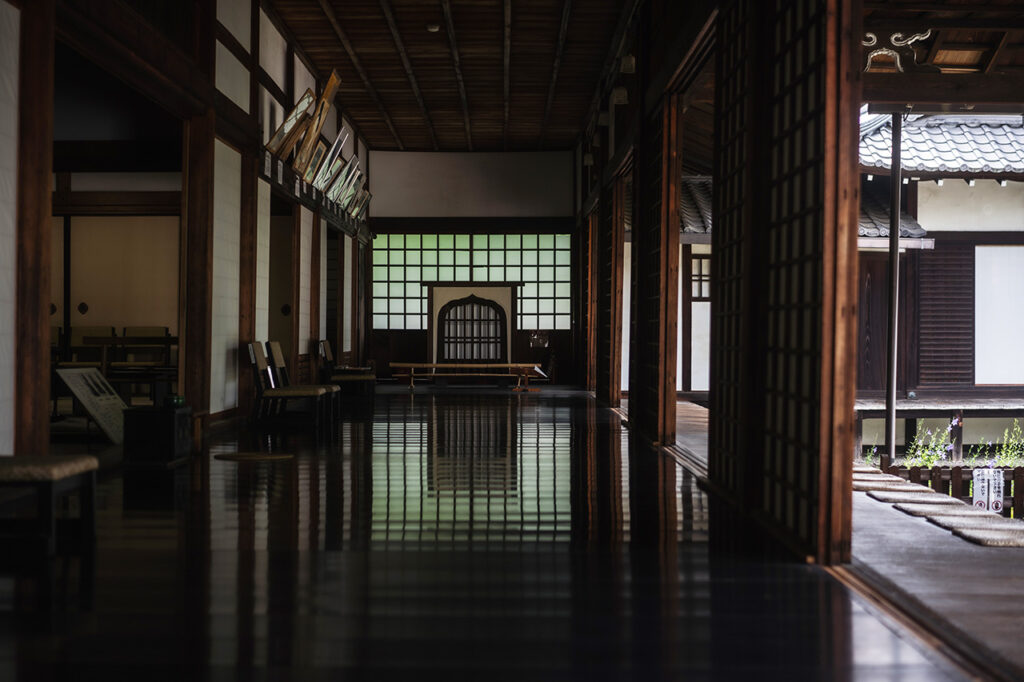

Even after The Tale of Genji became popular and he began frequenting the imperial court as a tutor for Fujiwara no Michinaga's daughter, he remained there and spent many years completing the story.
The Genji garden on the grounds is based on white sand and moss, and is said to have been recreated by experts to reflect the style of the Heian period.
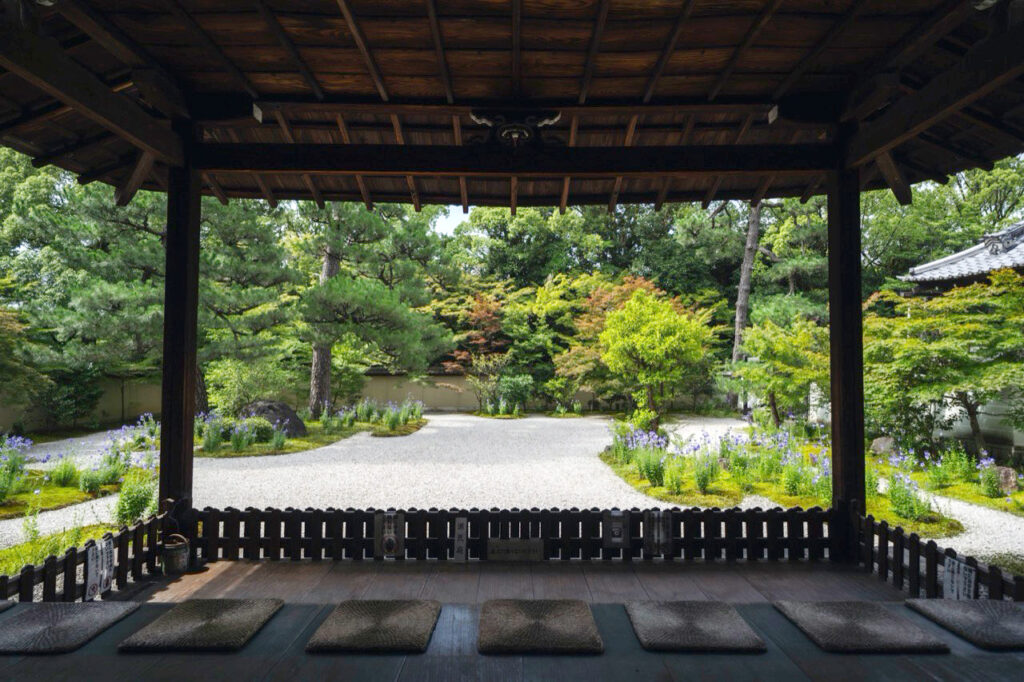

Although there are various theories, it is believed that the morning glory that appears in The Tale of Genji is the modern bellflower, and purple bellflowers named after Murasaki Shikibu are planted in various places in the garden. I want to sit on the verandah and quietly look at the bellflowers, which bloom into beautiful flowers during the hot season.
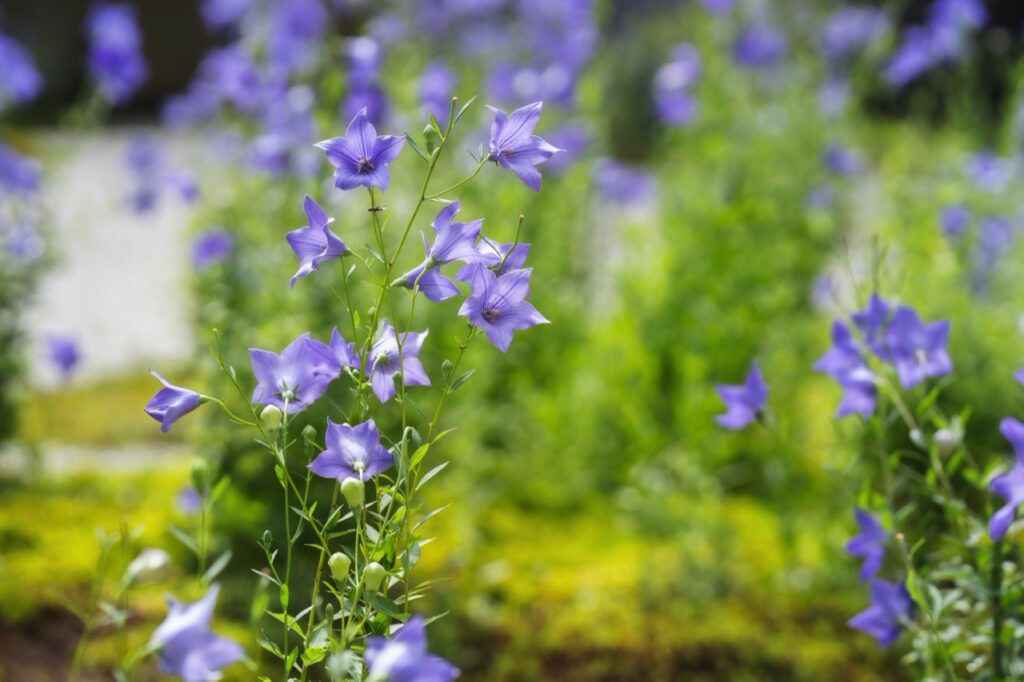
The bellflowers of Genji Garden are at their best from the end of June to the beginning of September. You can feel the elegance in the color and dignified blooming appearance.

The main hall displays a number of precious temple treasures related to Murasaki Shikibu and The Tale of Genji, such as the Tale of Genji picture scroll, Murasaki Shikibu's diary (both national treasures and reproductions), Wakamurasaki's hanging scroll, and a shell match depicting scenes from The Tale of Genji. .
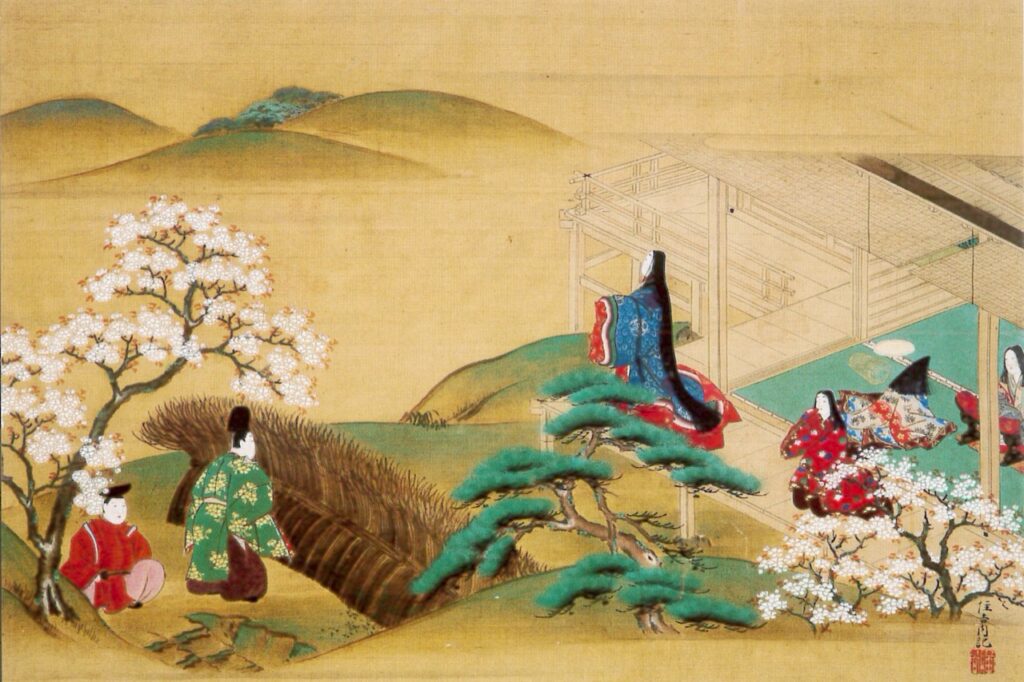
``Wakamurasaki'' is a hanging scroll depicting a scene from Chapter 5 of The Tale of Genji, ``Wakamurasaki'', where Murasaki's top is depicted when she was young. Written by Hirohisa Sumiyoshi

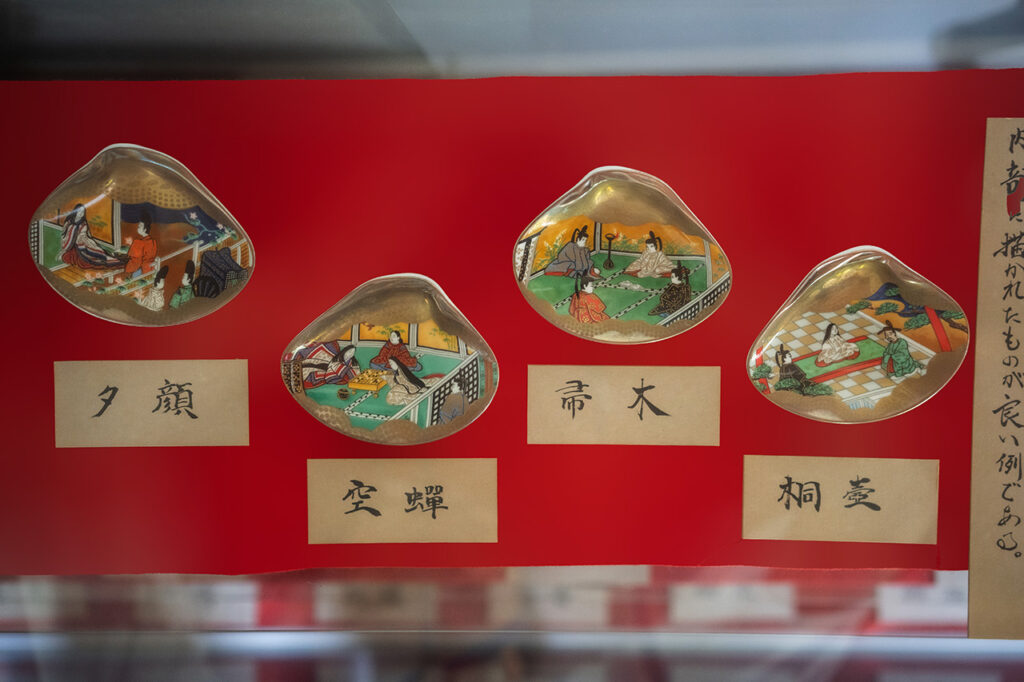
Shellfish ware depicting scenes from The Tale of Genji

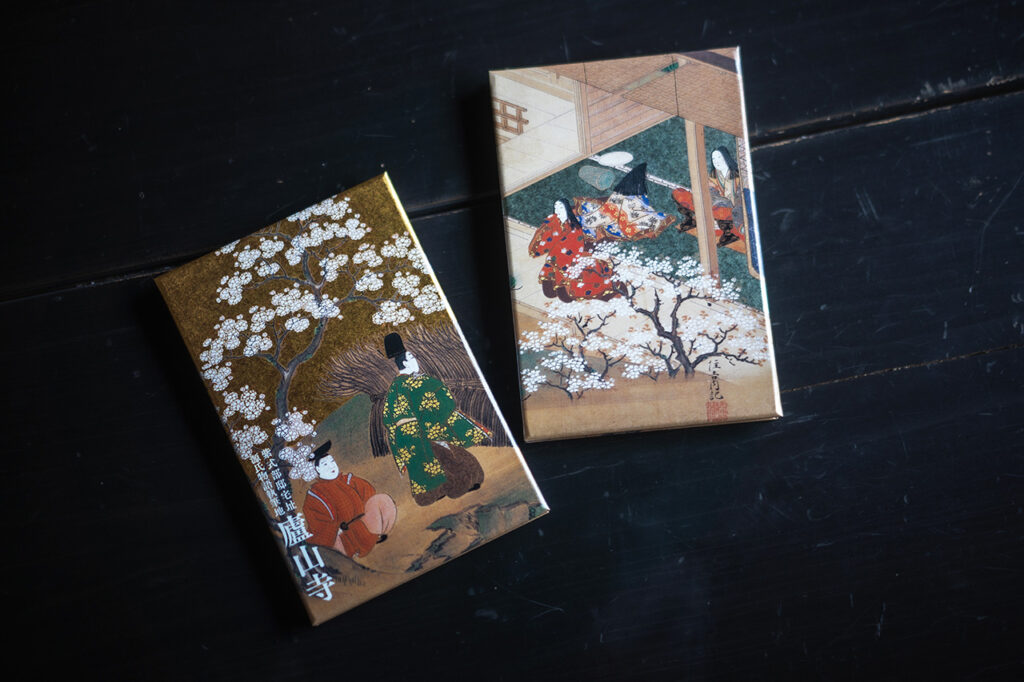
Original stamp book 2000 yen

In The Tale of Genji, Hikaru Genji is said to have been born and spent much of his time at the Kyoto Imperial Palace. Although it was moved to its current location in 1331, the culture of the Heian period is still preserved in its buildings. Of particular note is Shishinden, the most prestigious main hall. It was built in the architectural style of the Heian period to hold traditional ceremonies, and the current building is known for having held the enthronement ceremonies for three generations of emperors during the Meiji, Taisho, and Showa periods.
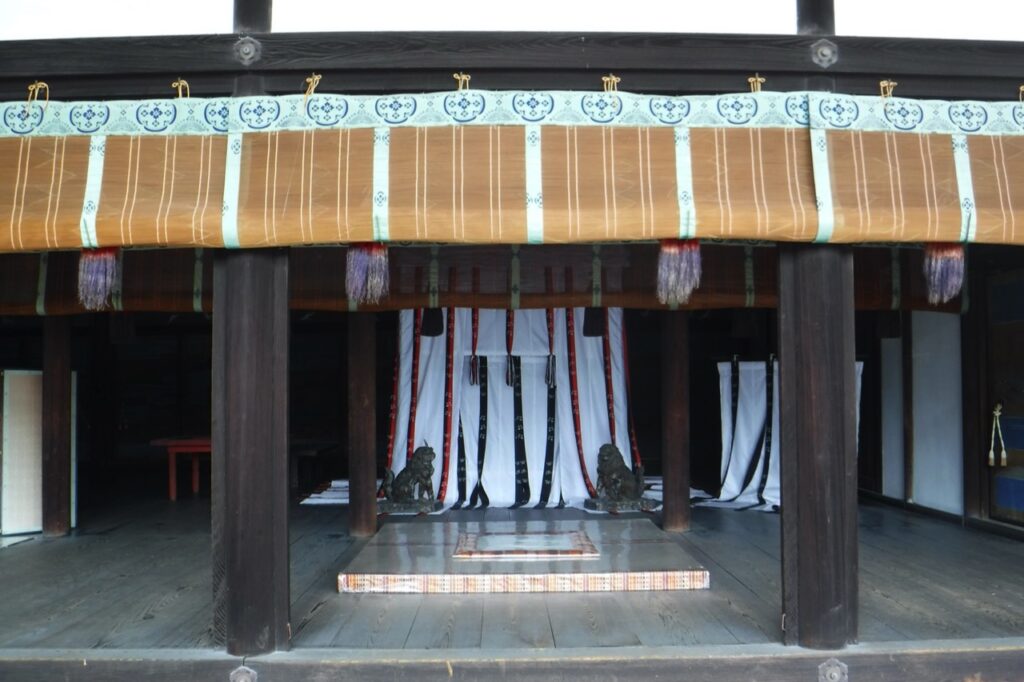
Hirugoza and Mithodai (Seiryoden)

Inside the building are the Takamikura, the throne of the Emperor used during the enthronement ceremony, and the Mithodai, the throne of the Empress. Seiryoden, which stands to the west of Shishinden, was the emperor's daily residence and was restored to fit the lifestyle of the Heian period. At Kyoto Imperial Palace, you can also see other elegant buildings and gardens.
Over 600 interviews per year! An order site carefully selected by the editors who knows Kyoto and Shiga.
nowOfficial LINE friend registration500 yen OFF coupon is being issued!
Distributed every Friday morning at 8:00 am! From new restaurant information to event information that we want to share with you, We deliver articles about Kyoto that are useful to know. About 20,000 people have registered.Click here to add a friend!

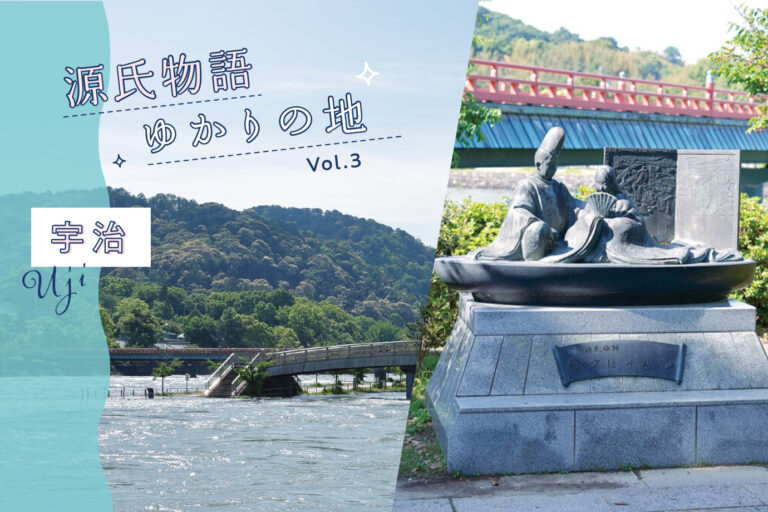
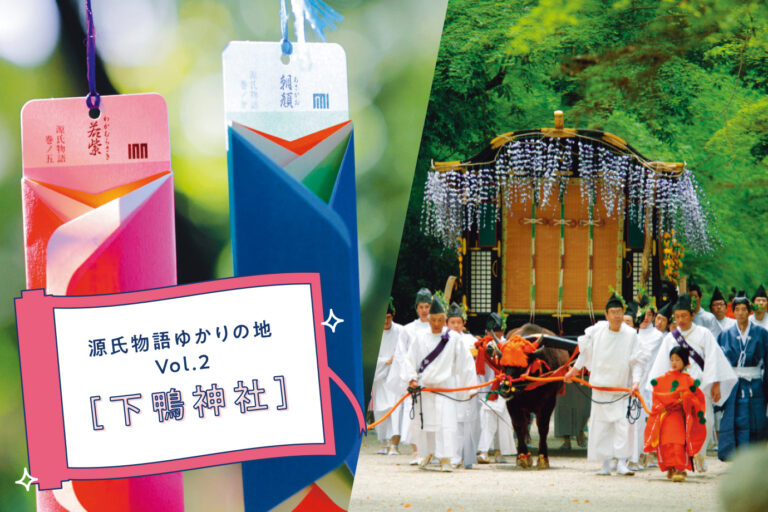
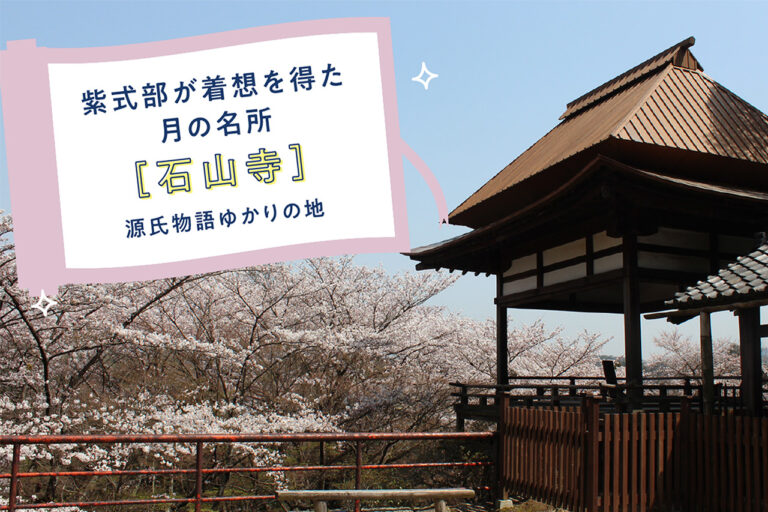
 News
News Feature article
Feature article Featured event
Featured event